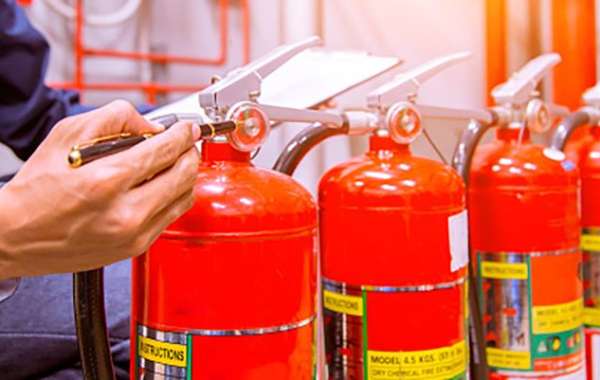This article was originally published on nimbusweb.me. Read the original article here.
Fire extinguishers are crucial for ensuring safety in homes and workplaces. They are the first line of defense during a small fire, helping to prevent it from spreading into a larger disaster. After using them, or over time, they need to be refilled or recharged. This keeps them ready for emergencies. When a fire extinguisher is used, even a little, it must be refilled.
Over time, it might lose pressure, or the contents might settle. This is why checking and refilling them is key to making sure they work when needed. Understanding the importance and process of this maintenance is essential for everyone's safety. Let's talk about which things you need to know about refilling and recharging your fire extinguisher.
The Importance of Regular Maintenance
Regular maintenance of fire extinguishers is vital for ensuring they work properly when needed. Just like any other safety equipment, a fire extinguisher requires periodic checks and care. This includes inspections by the fire extinguisher services to ensure they are in good working condition and have not expired. An expired or malfunctioning fire extinguisher can be a serious hazard during an emergency.
Understanding the Recharging Process
Recharging a fire extinguisher involves refilling it with the extinguishing agent, whether it be foam, powder, water, or a gas like CO2, depending on the type of extinguisher. This process should always be carried out by a professional. After a fire extinguisher has been used, even if only a small amount of the agent has been discharged, it's necessary to recharge it to ensure it's filled to the appropriate level for effective use.
How Often Should Extinguishers Be Inspected and Recharged?
The frequency of inspections and recharging can vary based on the type of fire extinguisher and the environment it's in. As a general rule, a visual inspection should be done monthly, checking for any signs of damage or corrosion. A more thorough professional inspection is typically recommended annually. Recharging should be done immediately after use or during these annual inspections if needed.
DIY vs. Professional Services
While basic inspections can be performed by individuals, the recharging and refilling process should always be done by trained professionals. This is not only for safety reasons but also to comply with local fire codes and regulations. Professional extinguisher services ensure that the extinguisher is filled correctly and operates safely.
Choosing the Right Service Provider
When selecting a service provider for fire extinguisher inspections and recharging, it's important to choose a reputable company. Look for providers with certified technicians who have experience in handling different types of fire extinguishers. A reliable service will not only recharge your extinguisher but also provide advice on maintenance and proper usage.
Final Note
Maintaining fire extinguishers through regular inspections and recharging is not just a regulatory requirement but a crucial step in ensuring safety. The right maintenance can be the difference between a minor incident and a major catastrophe. For those in need of dependable services, consider Lone Star Fire & First Aid. They blend expertise and commitment, providing top-notch fire extinguisher recharging services, ensuring that your safety tools are always ready to protect you. To learn more, visit Lonestarfirefa.com.








